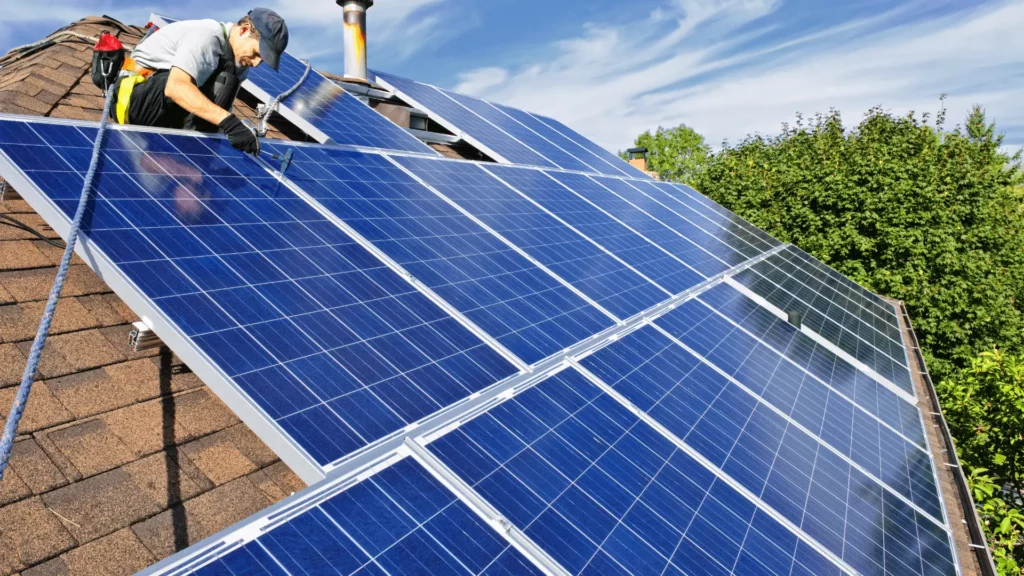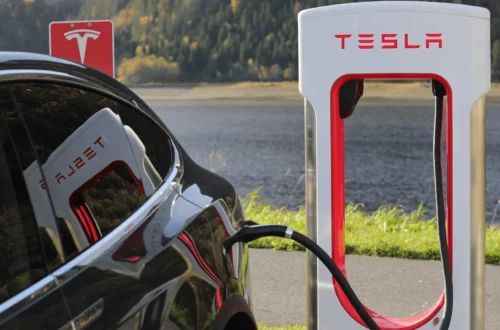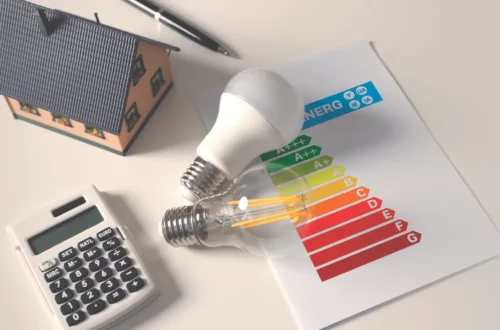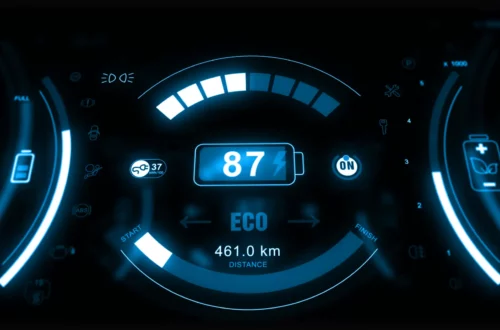How to Repair Solar Panel Rust: A Step-by-Step Guide

Do you have solar panels that are starting to show signs of rust? Don’t worry, you’re not alone. Rust formation can be a common issue in solar panels, and if left untreated, it can impair their performance and longevity. But fear not, because in this step-by-step guide, we will show you how to repair solar panel rust and prevent it from happening again.
We understand the frustration and concern that comes with seeing your solar panels deteriorate due to rust. That’s why we’ve put together this informative article to help you address this problem head-on. From understanding the impact of rust on solar panels to providing expert tips on how to prevent rust formation, we’ve got you covered.
Throughout this article, we will dive into the various methods you can use to repair rusted solar panels, as well as share valuable insights on how to maintain and restore them. By following our easy-to-understand instructions, you’ll be able to restore your panels to their former glory and maximize their energy generation.
So, without further ado, let’s dive in and discover the secrets to repairing solar panel rust and ensuring the optimal performance of your solar panel system. Say goodbye to rust and hello to efficient energy production!
Introduction to Solar Panel Rust
Solar panels play a crucial role in harnessing renewable energy and reducing our carbon footprint. However, one of the challenges they face is the formation of rust, which can greatly affect their performance and longevity. Rust is a type of corrosion that occurs when metal components are exposed to moisture and environmental conditions over time.
The impact of rust on solar panels is multifaceted. Firstly, it can lead to a decrease in efficiency, as the rusted areas may hinder the panel’s ability to absorb sunlight effectively. This results in reduced energy generation and lower overall performance. Additionally, rust can weaken the structural integrity of the panels, potentially causing further damage.
Addressing rust-related issues promptly is essential to ensure the proper functioning and longevity of solar panels. By implementing regular maintenance and repair strategies, you can mitigate the impact of rust and maximize energy production. In the following sections, we will explore the formation process of rust on solar panels and provide a step-by-step guide to repair and prevent rust, enabling you to maintain optimal energy generation from your solar panel system.
Also read: How Long Does It Take To Install Solar Panels: A Comprehensive 2023 Guide
How Does Rust Form on Solar Panels?
Rust formation on solar panels can be attributed to several factors, including exposure to moisture and environmental conditions. Here are key contributors to rust formation:
1. Moisture: When exposed to rain, snow, or high humidity, the metal components of solar panels can become susceptible to rust. Water acts as a catalyst to accelerate corrosion.
2. Saltwater and Coastal Environments: Solar panels installed in coastal areas or near saltwater bodies are especially prone to rust due to the corrosive nature of salt.
3. Acidic Environments: Acid rain or air pollution can corrode the protective coating on solar panels, making them more susceptible to rust.
4. Inadequate Coating or Sealant: If the initial coating or sealant on the solar panels is of poor quality or has deteriorated over time, it becomes easier for rust to form.
5. Exposure to Chemicals: Chemical contaminants, such as industrial pollutants or fertilizers, can react with the metal components of solar panels and contribute to rust.
To prevent rust formation, regular maintenance, including cleaning and inspection, is crucial. Additionally, applying protective coatings and sealants can help safeguard your solar panels against the damaging effects of rust.
Also read: Can You Put Solar Panels On A Metal Roof?
The Impact of Rust on Solar Panels
Rust formation on solar panels can have detrimental effects on their overall performance and lifespan. One of the primary consequences of rust is a decrease in efficiency, as the rusted areas inhibit the absorption and transmission of sunlight. This leads to a reduction in the amount of energy generated by the panels. Additionally, rust can cause damage to the structural integrity of the panels, compromising their functionality and potentially resulting in costly repairs or replacements. Therefore, it is crucial to address and prevent rust formation on solar panels to ensure optimal energy production and prolong their lifespan.
Also read: How Hot do Solar Panels Get
How to Repair Solar Panel Rust: A Step-by-Step Guide
Solar panels are a valuable investment for generating clean energy, but the formation of rust can significantly impact their performance and lifespan. In this step-by-step guide, we will walk you through the process of repairing rusted parts of solar panels, ensuring optimal energy generation from your solar panel system.
Cleaning the Rusty Area
The first step in repairing solar panel rust is to clean the affected area. Use a mild detergent mixed with water to gently scrub the rusty surface. Avoid using abrasive cleaning agents, as they can damage the panel’s protective coating. Rinse the area thoroughly with water and allow it to dry completely before moving on to the next step.
Sanding the Surface
Once the area is clean and dry, use fine-grit sandpaper to remove any remaining rust from the surface. Gently sand the affected area in a circular motion until the rust is completely removed. Be careful not to apply too much pressure or sand too aggressively, as this may damage the panel.
Applying a Protective Coating
After sanding, it is essential to apply a protective coating to prevent further rust formation. Choose a high-quality, weather-resistant paint or anti-corrosion coating specifically designed for solar panels. Apply the coating evenly over the affected area, following the manufacturer’s instructions. Allow the coating to dry completely before exposing the panel to sunlight.
Regular Maintenance and Inspection
To prevent future rust formation, regular maintenance and inspection of your solar panels are crucial. Keep the panels clean by removing dirt and debris, which can trap moisture and accelerate rust formation. Inspect the panels for any signs of rust or damage regularly. If you notice any issues, address them promptly to avoid further deterioration.
By following these step-by-step instructions, you can effectively repair rusted parts of your solar panels and restore their performance. Remember to prioritize regular maintenance and preventive measures to ensure longevity and optimal energy generation from your solar panel system.
Also read: How to Use Solar Panels During Power Outage
Preventing Rust Formation on Solar Panels
To ensure the longevity and optimal performance of your solar panels, it’s crucial to take preventative measures against rust formation. By implementing these tips and conducting regular maintenance, you can help protect your solar panels from the damaging effects of rust.
Regular Cleaning
Regularly cleaning your solar panels is an essential step in preventing rust formation. Use a soft cloth or sponge and mild detergent to gently remove dirt, dust, and debris. Avoid using abrasive materials or harsh chemicals that could potentially damage the surface of the panels.
Inspection and Maintenance
Perform routine inspections to identify any signs of rust or corrosion. Look for discolored areas, bubbling paint, or any other irregularities on the surface of the panels. If you notice any rust spots, take immediate action to prevent further damage.
Protective Coatings
Consider applying a protective coating to the surface of your solar panels to create a barrier against rust. There are various rust-resistant coatings available in the market specifically designed for solar panels. Ensure that the coating you choose is compatible with the materials used in your panels and follow the manufacturer’s instructions for proper application.
Proper Installation
Proper installation plays a crucial role in preventing rust formation. Ensure that your solar panels are installed by qualified professionals who follow industry standards. Proper sealing and insulation of electrical connections and roof penetrations will minimize the risk of moisture infiltration and subsequent rust formation.
Environmental Considerations
Take into account the environmental conditions surrounding your solar panels. If your panels are located in a coastal area or an environment with high humidity or corrosive pollutants, additional precautions may be necessary. Consult with experts or professionals in the field to determine the best strategies for your specific situation.
By following these preventive measures, you can minimize the risk of rust formation on your solar panels and prolong their lifespan. Regular cleaning, inspections, protective coatings, proper installation, and considering environmental factors will help ensure that your solar panels continue to generate optimal energy for years to come. Remember, prevention is key when it comes to preserving the longevity and performance of your solar panel system.
Also read: How Often Should Solar Panels Be Cleaned?
Winding Up
Remember, when it comes to addressing rust issues or preventing rust formation on your solar panels, it is crucial to take timely action. By following the steps and advice provided in this guide, you can effectively repair existing rust and ensure the long-term performance and efficiency of your solar panel system. Additionally, regular maintenance and proactive preventive measures will help safeguard your investment and maximize the benefits of solar energy.





